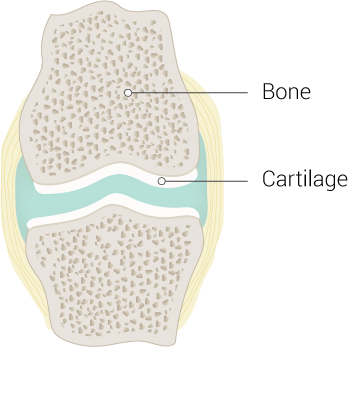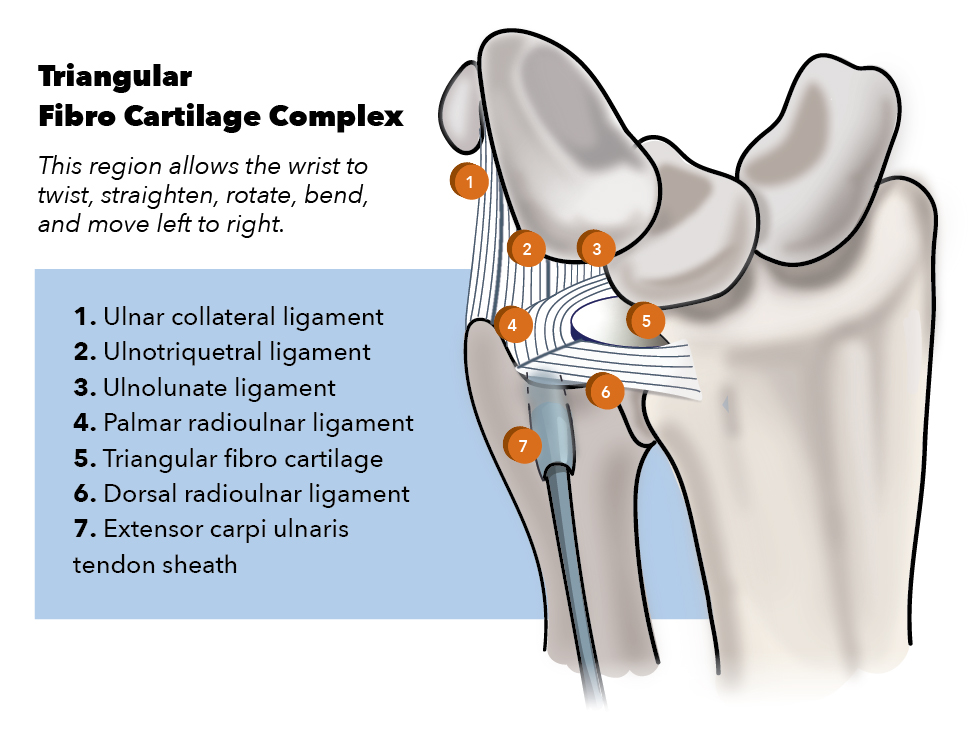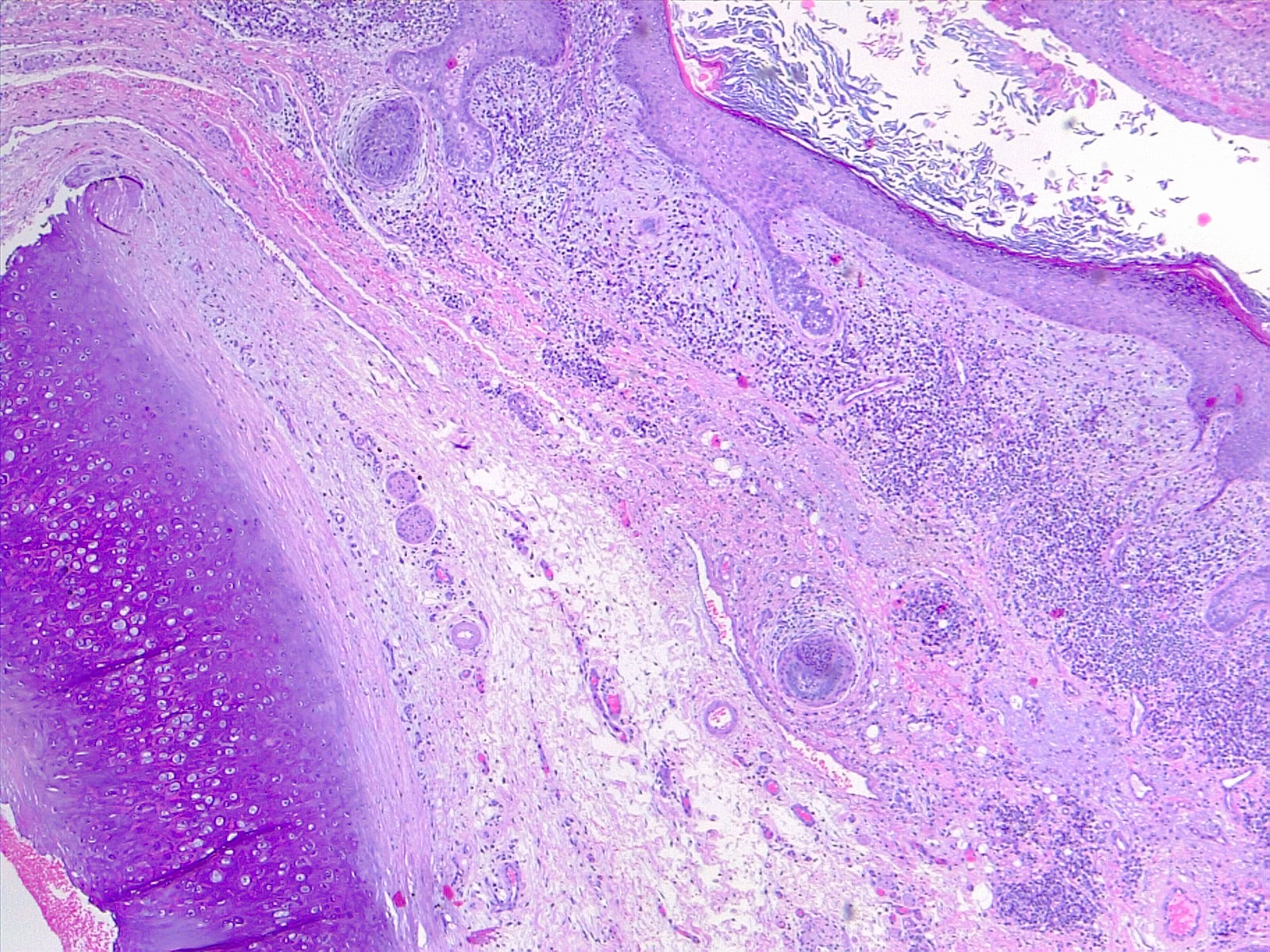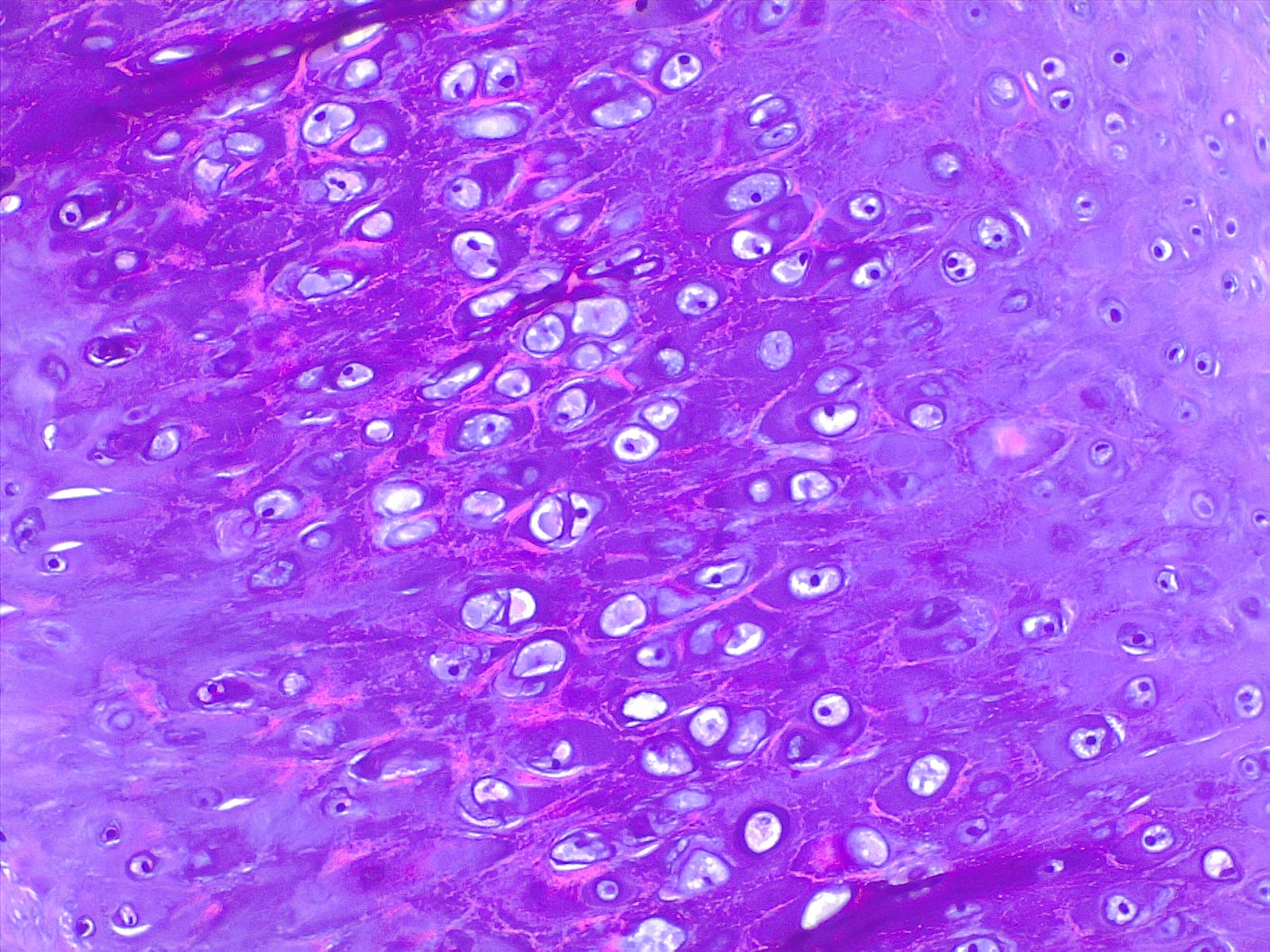[2]
Loy BN, Zimel M, Gowda AL, Tooley TR, Maerz T, Bicos J, Guettler J. A Biomechanical and Structural Comparison of Articular Cartilage and Subchondral Bone of the Glenoid and Humeral Head. Orthopaedic journal of sports medicine. 2018 Jul:6(7):2325967118785854. doi: 10.1177/2325967118785854. Epub 2018 Jul 20
[PubMed PMID: 30046634]
[3]
Safshekan F, Tafazzoli-Shadpour M, Abdouss M, Shadmehr MB. Viscoelastic Properties of Human Tracheal Tissues. Journal of biomechanical engineering. 2017 Jan 1:139(1):. doi: 10.1115/1.4034651. Epub
[PubMed PMID: 27618230]
[4]
Chen S,Fu P,Wu H,Pei M, Meniscus, articular cartilage and nucleus pulposus: a comparative review of cartilage-like tissues in anatomy, development and function. Cell and tissue research. 2017 Oct
[PubMed PMID: 28413859]
Level 2 (mid-level) evidence
[5]
von der Mark K, von der Mark H. Immunological and biochemical studies of collagen type transition during in vitro chrondrogenesis of chick limb mesodermal cells. The Journal of cell biology. 1977 Jun:73(3):736-47
[PubMed PMID: 68959]
[6]
Sofat N, Ejindu V, Kiely P. What makes osteoarthritis painful? The evidence for local and central pain processing. Rheumatology (Oxford, England). 2011 Dec:50(12):2157-65. doi: 10.1093/rheumatology/ker283. Epub 2011 Sep 27
[PubMed PMID: 21954151]
[7]
Jensen PT, Lambertsen KL, Frich LH. Assembly, maturation, and degradation of the supraspinatus enthesis. Journal of shoulder and elbow surgery. 2018 Apr:27(4):739-750. doi: 10.1016/j.jse.2017.10.030. Epub 2018 Jan 10
[PubMed PMID: 29329904]
[8]
Castaño-Betancourt MC,Evans DS,Ramos YF,Boer CG,Metrustry S,Liu Y,den Hollander W,van Rooij J,Kraus VB,Yau MS,Mitchell BD,Muir K,Hofman A,Doherty M,Doherty S,Zhang W,Kraaij R,Rivadeneira F,Barrett-Connor E,Maciewicz RA,Arden N,Nelissen RG,Kloppenburg M,Jordan JM,Nevitt MC,Slagboom EP,Hart DJ,Lafeber F,Styrkarsdottir U,Zeggini E,Evangelou E,Spector TD,Uitterlinden AG,Lane NE,Meulenbelt I,Valdes AM,van Meurs JB, Novel Genetic Variants for Cartilage Thickness and Hip Osteoarthritis. PLoS genetics. 2016 Oct
[PubMed PMID: 27701424]
[9]
Huang KY, Hsu YH, Chen WY, Tsai HL, Yan JJ, Wang JD, Liu WL, Lin RM. The roles of IL-19 and IL-20 in the inflammation of degenerative lumbar spondylolisthesis. Journal of inflammation (London, England). 2018:15():19. doi: 10.1186/s12950-018-0195-6. Epub 2018 Sep 18
[PubMed PMID: 30250404]
[10]
Merker A, Neumeyer L, Hertel NT, Grigelioniene G, Mäkitie O, Mohnike K, Hagenäs L. Growth in achondroplasia: Development of height, weight, head circumference, and body mass index in a European cohort. American journal of medical genetics. Part A. 2018 Aug:176(8):1723-1734. doi: 10.1002/ajmg.a.38853. Epub 2018 Aug 2
[PubMed PMID: 30070757]
[11]
Adam MP, Feldman J, Mirzaa GM, Pagon RA, Wallace SE, Bean LJH, Gripp KW, Amemiya A, Legare JM. Achondroplasia. GeneReviews(®). 1993:():
[PubMed PMID: 20301331]





